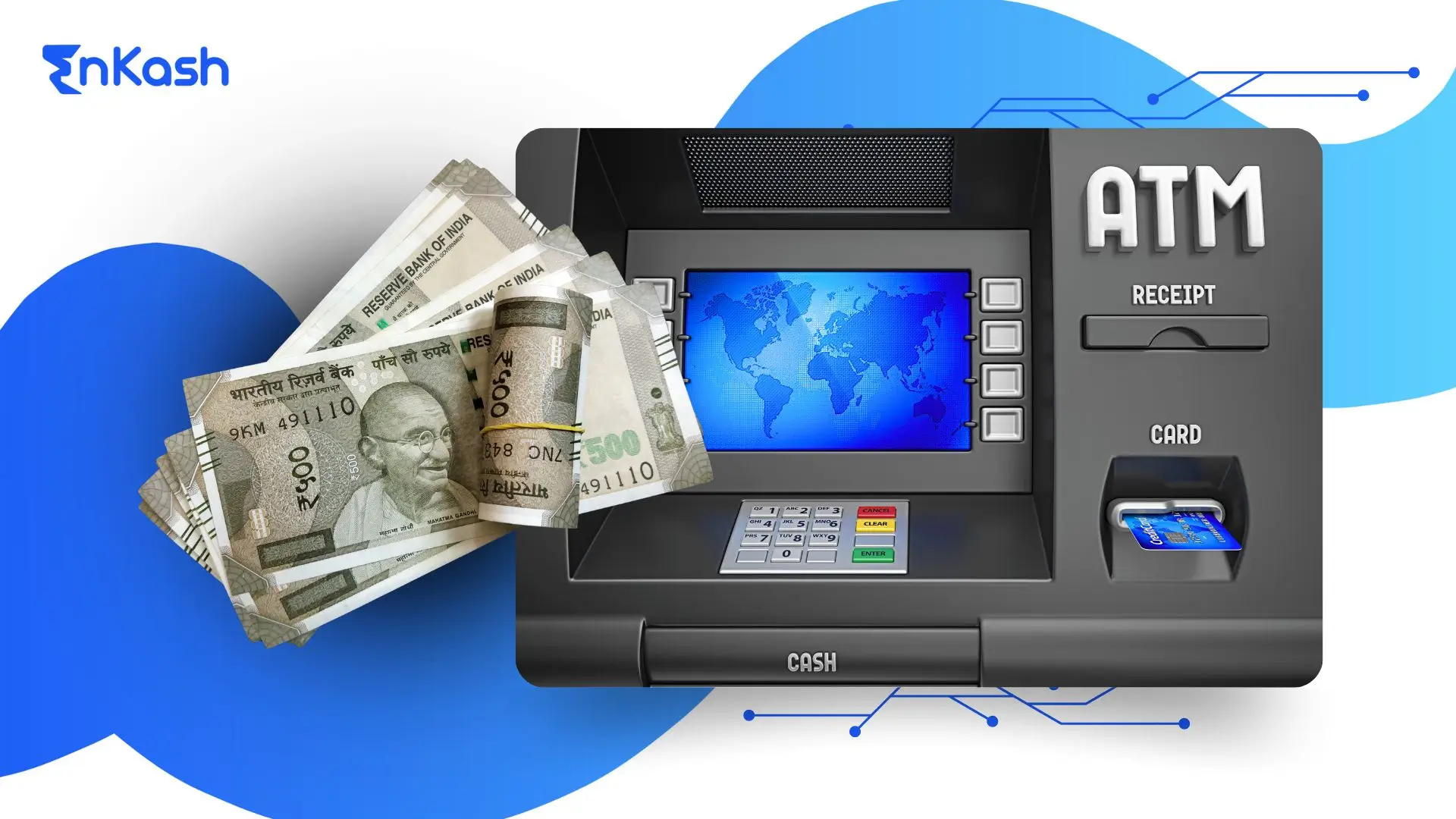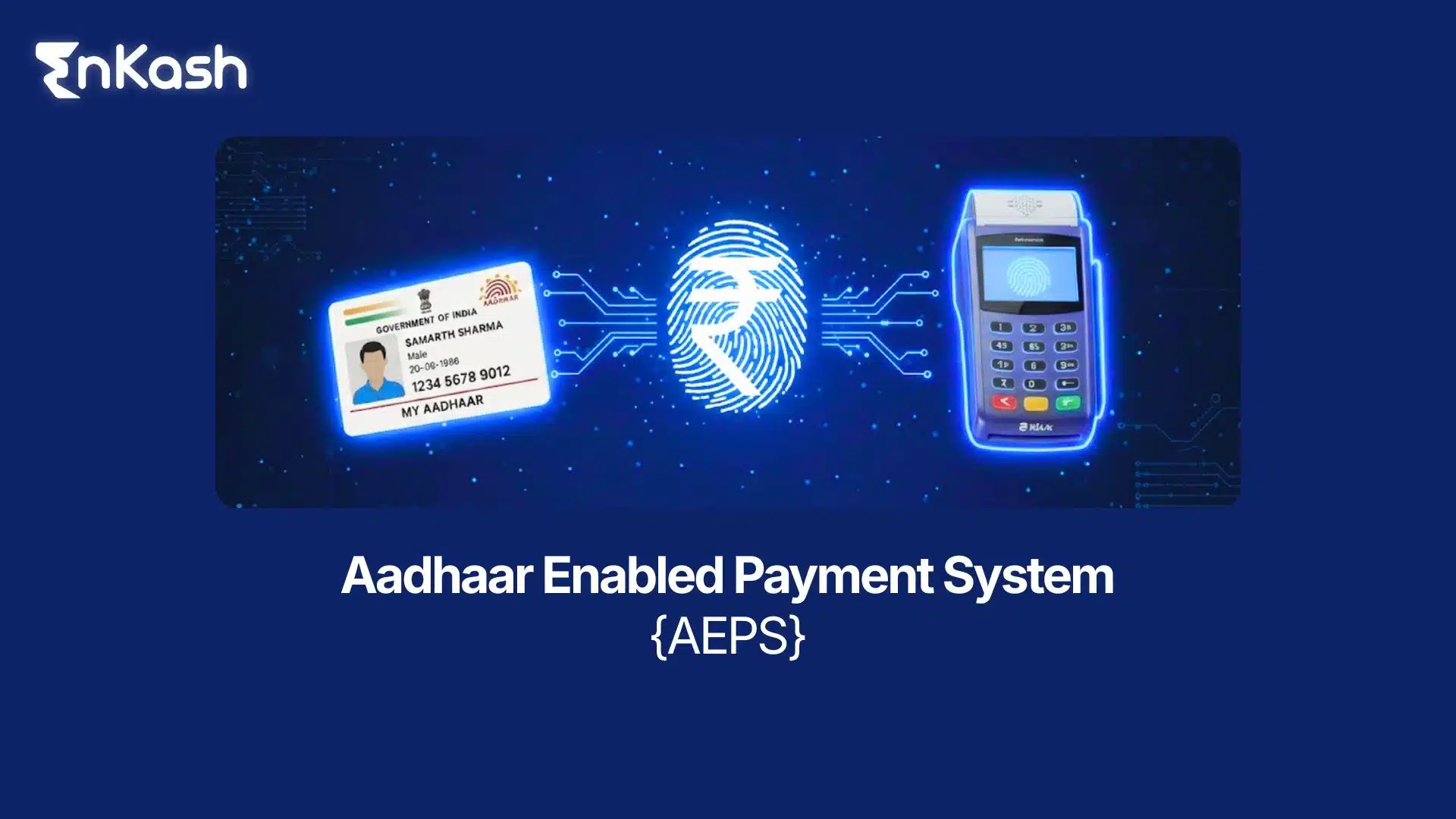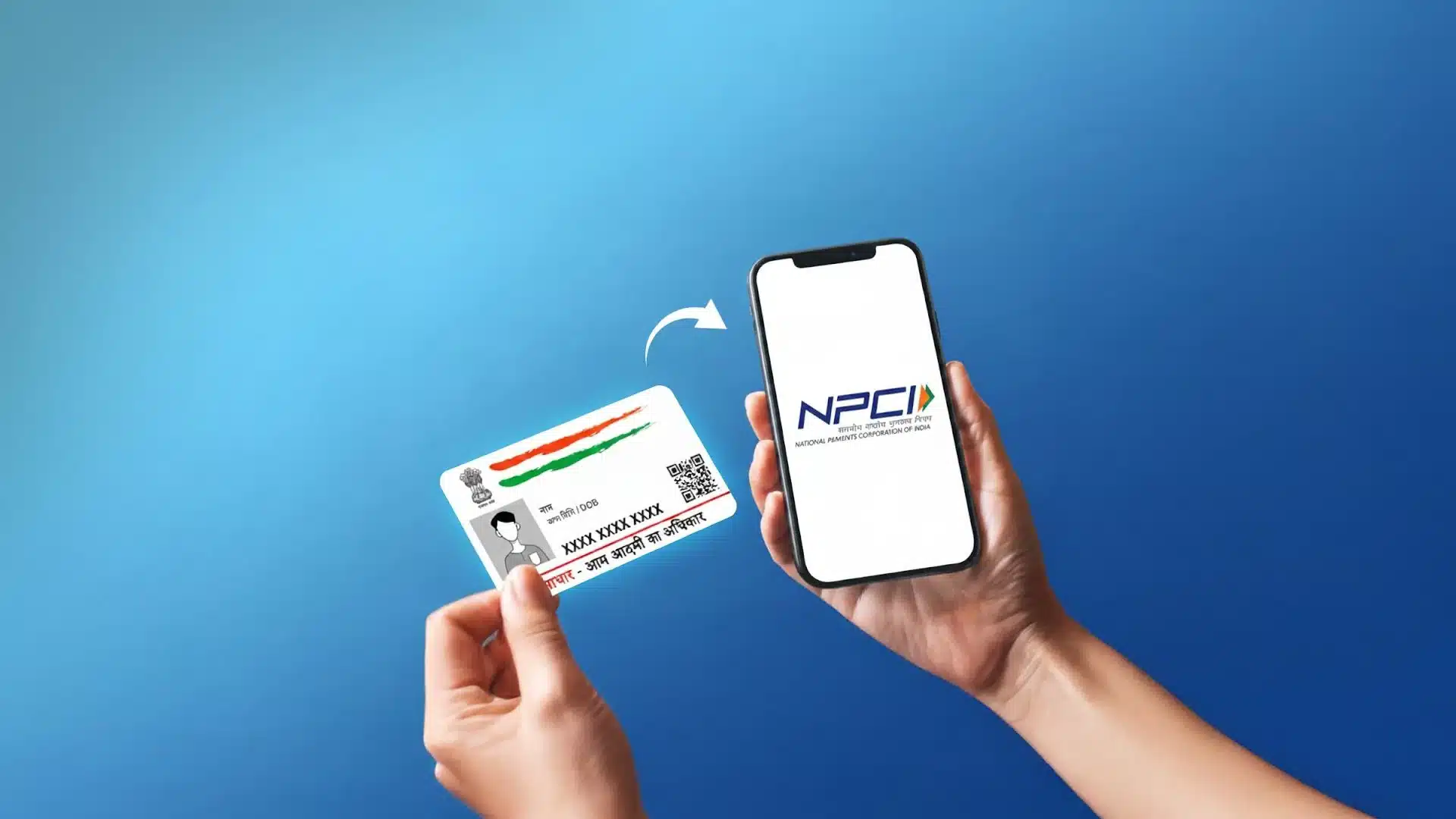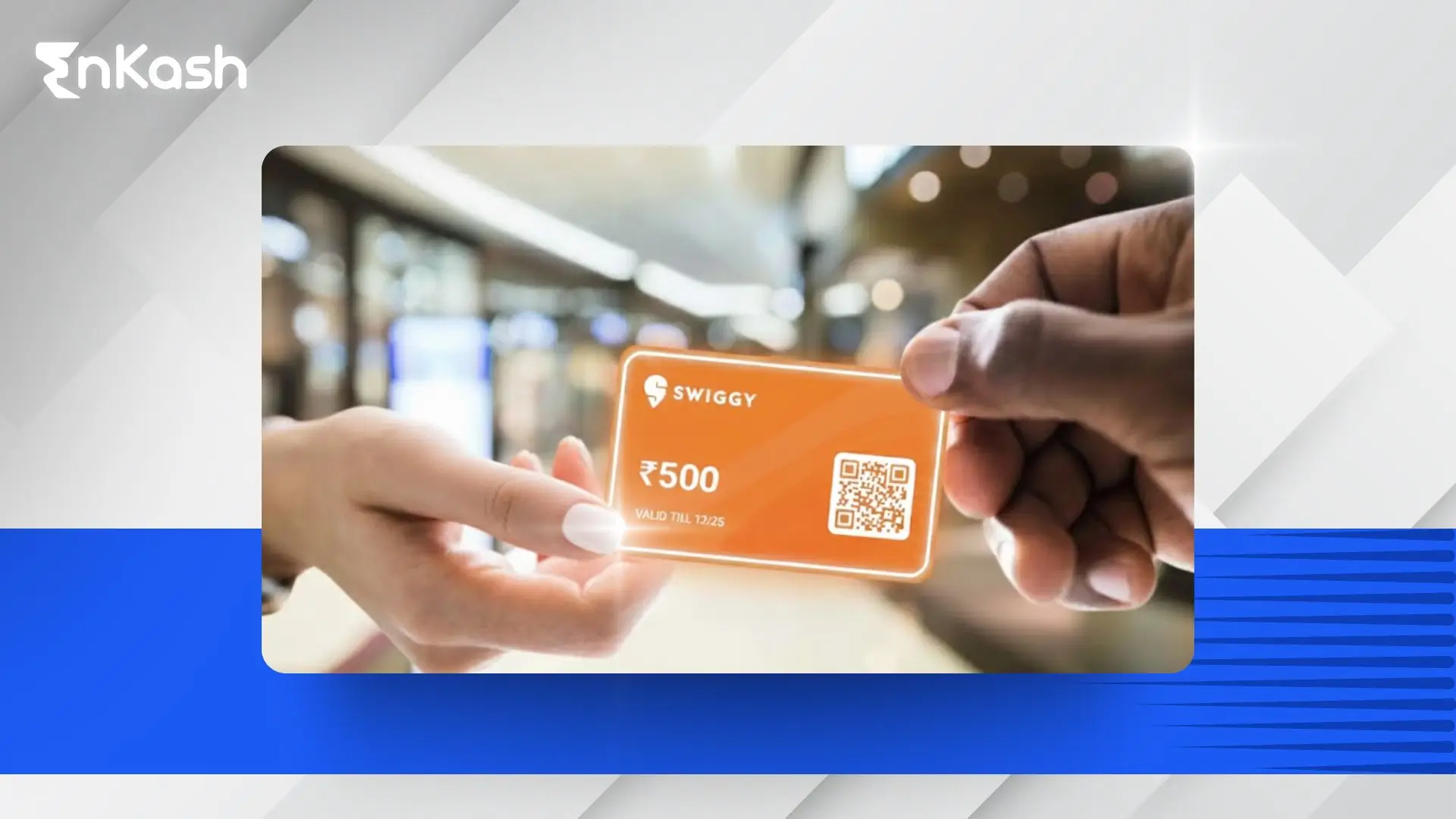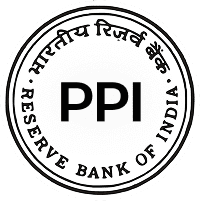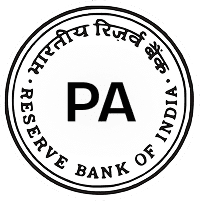Payment Costs Are No Longer One-Dimensional
The days of flat-rate fees are over. Payment gateway costs in India have become more layered in 2025. It is no longer just about a fixed percentage on each transaction. Businesses must now look deeper at the payment gateway charges that come with every sale.
At first glance, it might seem simple, but the payment gateway fee meaning today includes more than just a transaction cost. You have to think about processing charges, refund fees, setup costs, and how long it takes for money to reach your account. Each of these factors affects your overall expenses.
This blog will help you break down these costs. You will see how different gateways price their services and where hidden fees might appear. We will also cover platforms offering fair rates and help you compare them.
A good payment gateway fees comparison looks at the full picture. You need to know how fees affect your profit and what you can do to manage them better. As payment systems evolve, being informed means you can plan better, save costs, and still give your customers a secure and smooth payment experience.
Read more: The Need for Payment Gateways: Why Payment Gateways Are Important
Deconstructing Payment Gateway Fee Models in 2025
To understand what you are really paying for, let’s break down the payment gateway fee meaning in 2025. A payment gateway charges more than just a fee per transaction. There are several types of costs businesses need to account for.
Core Charges You Need to Know:
- Merchant Discount Rate (MDR): This is the percentage deducted from every transaction. It varies depending on the payment method.
- Payment Gateway Processing Fee: This may be added on top of MDR for certain services, like recurring payments or high-risk transactions.
- Refund Transaction Fee: Some gateways charge when a refund is processed, even if the original sale is cancelled.
- Chargeback Handling Fee: If a customer disputes a charge, the gateway may charge you for reviewing and processing that case.
- Payment Gateway Setup Fee: Some providers charge to get started, though others offer a payment gateway without setup fee plans for smaller businesses.
- Annual Maintenance Fee: This covers ongoing support and technology updates, but is not always clearly stated upfront.
Fee Variations:
Fees differ based on how your gateway is integrated, the number of transactions you process, and your business type. A large e-commerce store might get better rates than a new small business.
Pricing Methods:
- Flat-rate: Same fee for all transactions.
- Slab-based: Fee changes based on transaction size or volume.
- Interchange-plus: Actual cost plus a fixed margin, often more transparent.
Some gateways now bundle fees to offer full payment and payout services together. Understanding each charge helps you control your costs and find a pricing model that fits your business.
Read more: How Payment Orchestration Supports Digital Finance Growth
Fee Benchmarks by Payment Method in 2025
A smart payment gateway fees comparison should always start by looking at the typical rates for different payment methods. In 2025, fee structures are more transparent, but they still vary depending on the type of transaction. Knowing these averages helps businesses find the lowest payment processing fees for their needs.
UPI
- Fee: 0% to 0.25%
- Note: UPI remains free for most transactions under ₹2000. For larger amounts, some gateways apply a small MDR. This keeps UPI a key choice for businesses seeking the lowest transaction fee payment gateway in India.
Credit Cards
- Fee: 1.5% to 2.2%
- Note: Tokenization has reduced fraud risk, but MDR remains higher for credit cards due to processing and reward costs.
Debit Cards
- Fee: 0.4% to 0.9%
- Note: Regulatory limits help keep debit card rates low, especially for domestic transactions.
Net Banking
- Fee: 1.0% to 1.5%
- Note: Flat rates apply across most banks, though some private banks may charge more.
Wallets
- Fee: 1.5% to 2.5%
- Note: Higher fees reflect integration costs and wallet provider margins.
EMI (Card-based)
- Fee: 2.5% to 3.5%
- Note: EMI payments include extra charges from banks, passed on to merchants.
BNPL and Pay Later
- Fee: 3.5% to 5.0%
- Note: Varies widely based on the BNPL partner and average transaction value.
International Cards
- Fee: 3.0% to 4.5%
- Note: Higher due to risk, cross-border fees, and currency exchange charges.
This payment gateway in India price comparison shows that UPI and debit cards offer the most affordable options, while credit cards and BNPL services come with higher costs. Businesses must match payment methods with their customer base to manage fees wisely.
Set Up Charges and Subscription-Based Models
When considering payment gateway charges, it is important to look beyond just the transaction fees. The payment gateway setup fee is another cost that can affect your decision, especially if you are just starting out. In 2025, setup fees in India vary widely depending on the provider and the features you choose.
Some gateways charge nothing at all to get started. These payment gateway without setup fee plans are often designed for small businesses or new merchants. They allow you to begin processing payments quickly, without large upfront costs. However, these plans might come with higher per-transaction rates or limited access to advanced features.
For more established businesses, some gateways offer premium plans that come with a setup fee ranging from ₹2,000 to ₹10,000. These fees typically include extra services such as custom integration support, dedicated account management, or advanced reporting tools.
Subscription-based models are also gaining popularity. Instead of paying only per transaction, businesses pay a monthly or yearly fee that covers a bundle of services. These might include faster settlement times, lower MDR on high-volume transactions, and better fraud detection tools.
It is important to calculate the full cost over time. Look at how the payment gateway setup fee, monthly charges, and other fees will affect your total expenses for the year. The cheapest option upfront may not always be the most cost-effective in the long run.
Read more: How Unified Payments Interface Works: Features, Security & Benefits
Leading Gateways and Their Pricing Posture
To help you choose the right provider, here is a detailed look at the pricing approach of top gateways in India for 2025. Each offers different benefits, and comparing their fees side by side helps you make better decisions.
Razorpay
Razorpay is known for offering flexibility across payment methods. Their payment gateway setup fee is zero for most standard accounts, making it ideal for small and medium businesses.
- UPI: 0% for transactions under ₹2000, up to 0.3% for larger amounts.
- Cards: Starts at 1.75% for domestic, 3% for international.
- Settlement: T+2 standard, same-day available at added cost.
- Subscription plans: Optional, with lower rates for higher volumes.
They are among the lowest transaction fee payment gateway in India for UPI-based businesses.
Cashfree Payments
Cashfree focuses on speed and low-cost UPI solutions.
- Setup Fee: None for basic plans.
- UPI: 0% for small tickets, up to 0.25% on high-value.
- Cards: 1.75% to 2.25%.
- Net Banking: 1.5%.
- Settlement: Instant available with a fee; standard is T+1.
- Special: Bulk payout feature included.
Their payment gateway fees comparison shows strength in fast settlements.
PayU
PayU caters to mid-sized and enterprise merchants.
- Setup Fee: Ranges from ₹2,000 to ₹7,000 based on plan.
- Cards: 2% standard, negotiable for large volume.
- UPI: 0% to 0.25%.
- EMI: Starts at 2.5%.
- Settlement: T+2, with priority settlement on request.
They offer volume-based discounts, and their support for EMI options is a key advantage.
CCAvenue
CCAvenue has been in the Indian market for a long time, favored by traditional businesses.
- Setup Fee: Around ₹7,500 for standard plans.
- Cards: 2% to 2.5%.
- UPI: 0.3% after ₹2000.
- Wallets: 2.5% average.
- Settlement: T+3, with custom plans for enterprises.
Their payment gateway India price comparison shows higher fees but strong reliability.
Instamojo
Ideal for small merchants and digital sellers.
- Setup Fee: None.
- Cards and Wallets: Flat 2%.
- UPI: 0%.
- Settlement: T+3, standard.
They are known for simplicity and ease of use, with no hidden charges.
Stripe (India)
Stripe serves businesses with international and subscription models.
- Setup Fee: None.
- Cards: 2% domestic, 3% international.
- UPI: 0.3% average.
- Settlement: T+4, with detailed reporting.
They excel in developer-friendly features and global reach.
EnKash Payment Gateway
EnKash offers payment solutions focused on B2B flows and vendor payouts.
- Setup Fee: On request, varies by service.
- UPI and Cards: Competitive rates tailored for business collections.
- Special: Integrated payout tools, virtual cards.
They are ideal for businesses needing both collections and disbursals under one system.
This payment gateway fees comparison shows that the best option depends on your payment mix and priorities, whether it’s lower fees, faster settlements, or stronger support for global sales.
Zero-Fee Gateway Plans: Do They Actually Exist?
The idea of a 0-transaction-fee payment gateway is appealing, but it rarely tells the whole story. In 2025, many providers promote zero-fee plans, but these come with important limits.
Most zero-fee offers apply only to UPI transactions under ₹2000. Beyond that, standard payment gateway charges apply, often around 0.3% for UPI and higher for cards or wallets. Some gateways also provide trial plans with zero fees, but these are limited by time or transaction volume.
Even when the transaction fee is waived, other costs remain. These may include settlement charges, payment gateway processing fee for specific services, or fees on refunds. Zero-fee plans often do not include premium support or fast settlement options.
In some cases, gateways shift costs elsewhere, like adding a fee for payouts or offering limited features unless you upgrade. Over time, a business may end up paying more in hidden costs.
True zero-fee models are rare and typically not sustainable for growing businesses. It is important to read the terms carefully and understand where costs might shift before relying on a 0 transaction fee payment gateway as a long-term solution.
Managing Gateway Costs Strategically in 2025
To keep your payment gateway charges under control, you need a clear strategy. Here are some effective ways to reduce costs without losing valuable features:
- Use UPI for low-ticket, high-volume sales:
UPI continues to offer the lowest payment processing fees, often at zero for small transactions under ₹2000.
- Optimize subscription payments:
Make sure your gateway supports tokenization and automatic retry flows. This reduces failed payments and limits extra payment gateway processing fee on repeated attempts.
- Choose gateways with automated reconciliation:
Avoid manual tracking by using providers that offer built-in ledger tools or export options for easier financial management.
- Negotiate fees based on volume:
Once your monthly transactions cross ₹5 lakh, many gateways offer reduced rates or custom plans.
- Split collection and payout systems:
Use one provider to collect payments and a specialized service like Enkash for vendor payouts. This can lead to better backend cost control.
- Review contracts carefully:
Look out for clauses about auto-renewal, fee increases, and refund policies. Knowing these in advance helps avoid unexpected charges.
Managing your payment gateway processing fee is about making smart choices. Focus on where you can save, and make sure your provider aligns with your long-term goals.
Read more: Best Payment Gateways for Small Businesses in India (2025 Edition)
What 2025 Means for Gateway Pricing Models in India
In 2025, payment pricing in India is moving towards more flexibility and clarity. Businesses now expect more than just basic payment services. Gateways are adjusting their models to reflect this shift.
- Tokenization has lowered fraud risks, helping reduce MDR for card payments.
- UPI remains low-cost, but new premium services like faster settlements could add new fees.
- Providers are offering bundled services, combining collections, disbursals, and analytics into one package.
- Businesses are using multiple gateways, one for taking payments and another for payouts, which helps manage costs better.
This change means that the old way of comparing fees is no longer enough. A payment gateway in India price comparison now includes added value like reporting, support, and integration tools. The focus is shifting from low rates to finding balanced, value-driven pricing that fits each business.
Conclusion – Informed Cost Planning Leads to Better Payment Strategy
Understanding payment fees is no longer just about checking percentages. A complete payment gateway fees comparison now involves looking at every cost, from setup charges to refund processing. In 2025, businesses that take the time to study these fees closely will have better control over their profits.
Choosing the right gateway means thinking about your customers’ payment preferences, your cash flow needs, and the support your team requires. UPI may save costs for some, while others benefit from features like fast settlements or advanced reporting.
A well-planned approach helps avoid hidden charges and allows you to choose a gateway that supports your growth, not just basic transactions. The best strategy is to match your payment setup with your business goals, keeping costs in check while offering your customers a secure and smooth payment experience.


